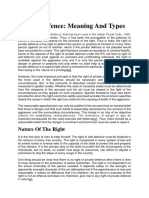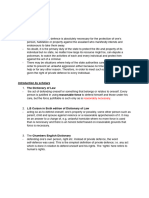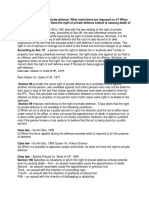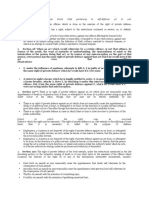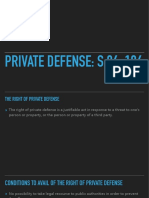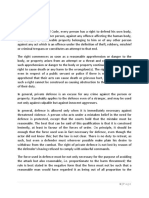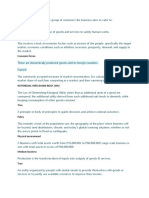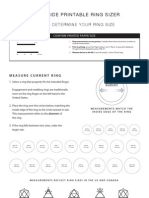0% found this document useful (0 votes)
75 views66 pagesRight of Private Defence
This document discusses the right of private defence under Indian law. It explains what private defence is, when it can be exercised to defend one's body and property, and restrictions on private defence like not being able to claim it against acts of public servants or when there is time to seek help from authorities. It also discusses some court cases to illustrate when private defence was or wasn't applicable.
Uploaded by
srisunandha04Copyright
© © All Rights Reserved
We take content rights seriously. If you suspect this is your content, claim it here.
Available Formats
Download as PPTX, PDF, TXT or read online on Scribd
0% found this document useful (0 votes)
75 views66 pagesRight of Private Defence
This document discusses the right of private defence under Indian law. It explains what private defence is, when it can be exercised to defend one's body and property, and restrictions on private defence like not being able to claim it against acts of public servants or when there is time to seek help from authorities. It also discusses some court cases to illustrate when private defence was or wasn't applicable.
Uploaded by
srisunandha04Copyright
© © All Rights Reserved
We take content rights seriously. If you suspect this is your content, claim it here.
Available Formats
Download as PPTX, PDF, TXT or read online on Scribd
/ 66

